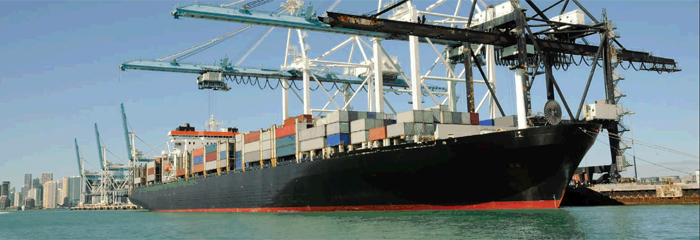Ports & Marine

Overview
Ports play a significant role in the goods movement supply chain. Many ports are located in areas that do not meet EPA air quality standards for criteria pollutants and/or border on environmental justice communities. Ships and harbor craft are the largest contributors of diesel pollution at ports. In addition to air quality, water quality may also be a concern for ports.
Reducing exposure to diesel exhaust in and around ports is important for public health and the environment. Diesel engines last 20 to 30 years, but EPA regulations apply only to new diesel engines. Fortunately, there are a variety of strategies, including idle reduction for reducing emissions from older engines.
In addition, EPA offers funding for diesel emission reduction programs. In January 2011, President Obama signed legislation reauthorizing DERA funding to eligible entities for projects that reduce emissions from existing diesel engines. Appropriations are determined by Congress on an annual basis.
Port Authorities, Terminal Operators and Fleet Owners, Drayage Truckers, and Rail and Locomotive Operators all have a role in helping to reduce diesel emissions at the ports where they work and in nearby communities. Information about environmental management systems, port-related emission inventories, reducing emissions at ports and more is available on the Publications page.
Additional Resources
- Great Lakes Bulk Cargo Carrier Generator Replacement, a Clean Diesel project
- Mississippi River Corridor Tugboat DOC Retrofits, a Clean Diesel project
- Chesapeake Bay Marine Repower, a Clean Diesel project
- EPA's Clean Diesel Regional Collaboratives
- EPA and the Committee on the Marine Transportation System
- EPA’s Ocean Regulatory Programs
- EPA’s Dredged Material Management
- EPA’s National Coastal Condition Reports
- American Association of Port Authorities (AAPA) Environment Committee

- International Association of Ports " Harbors (IAPH) Tool Box for Port Clean Air Programs

- Faster Freight Cleaner Air Conference Presentations

- Diesel Technology Forum: Ports & Marine

